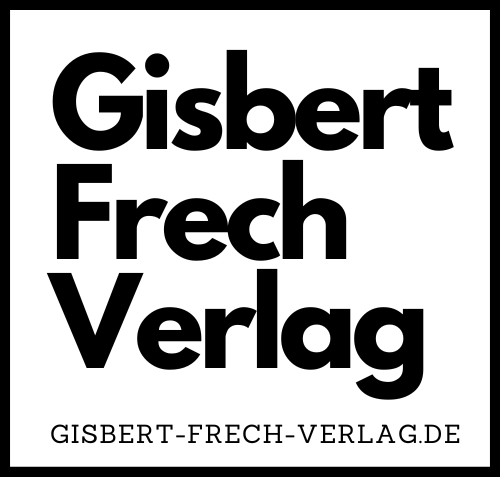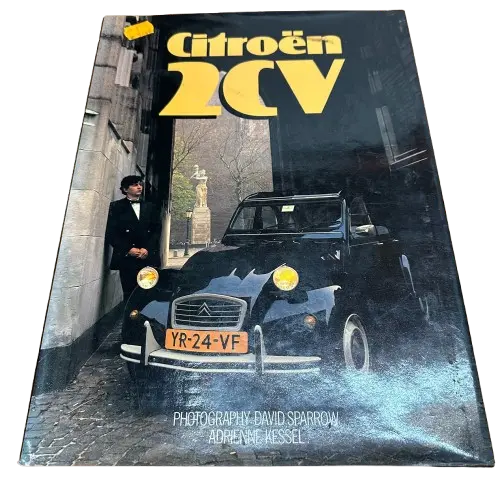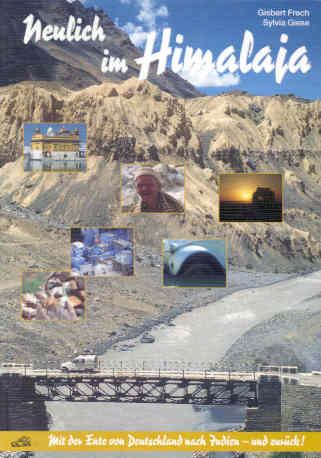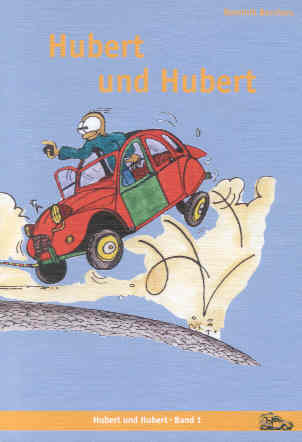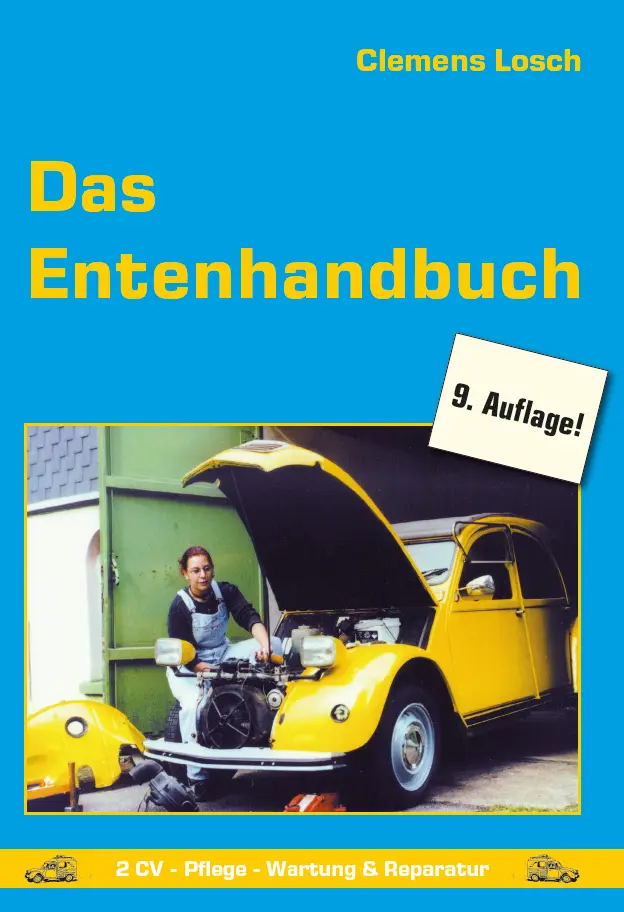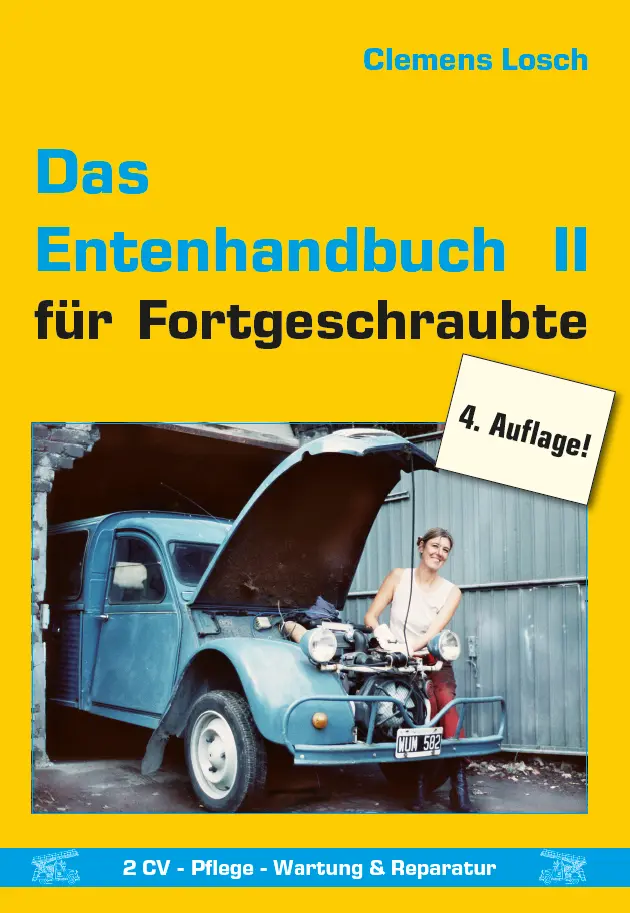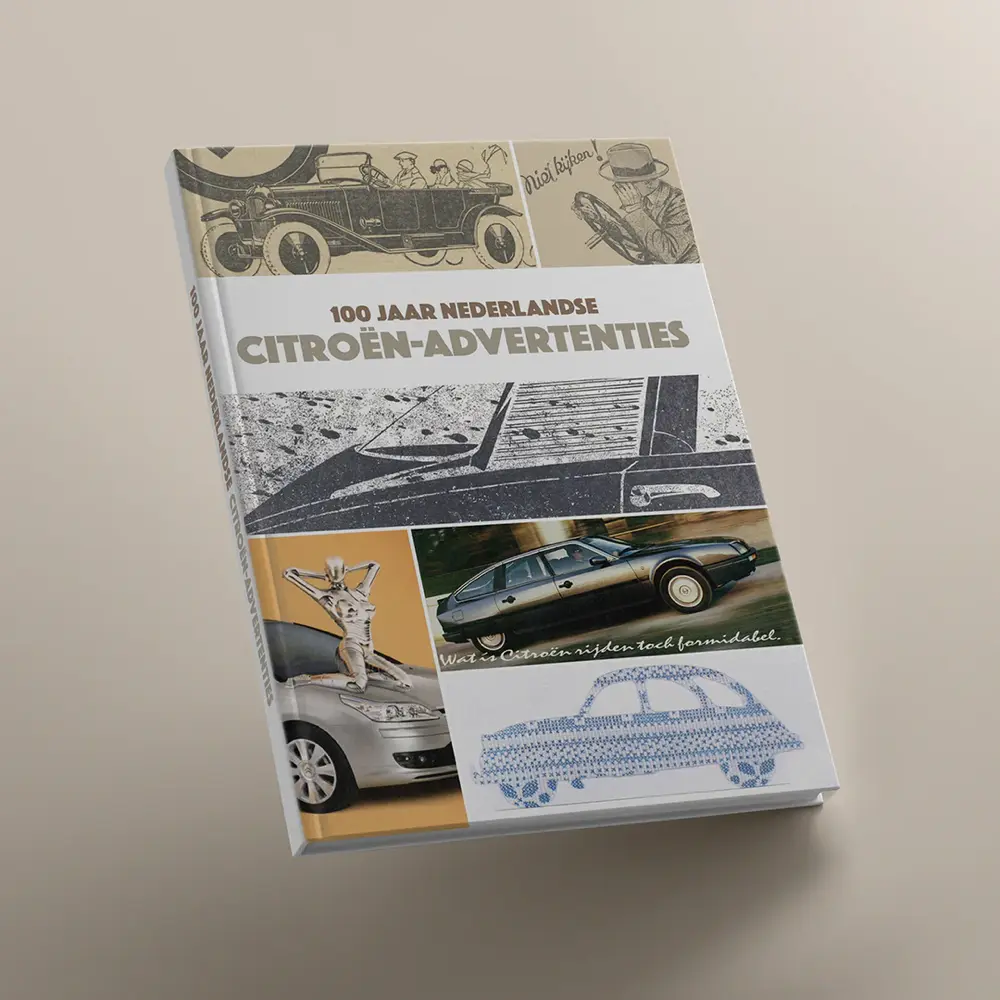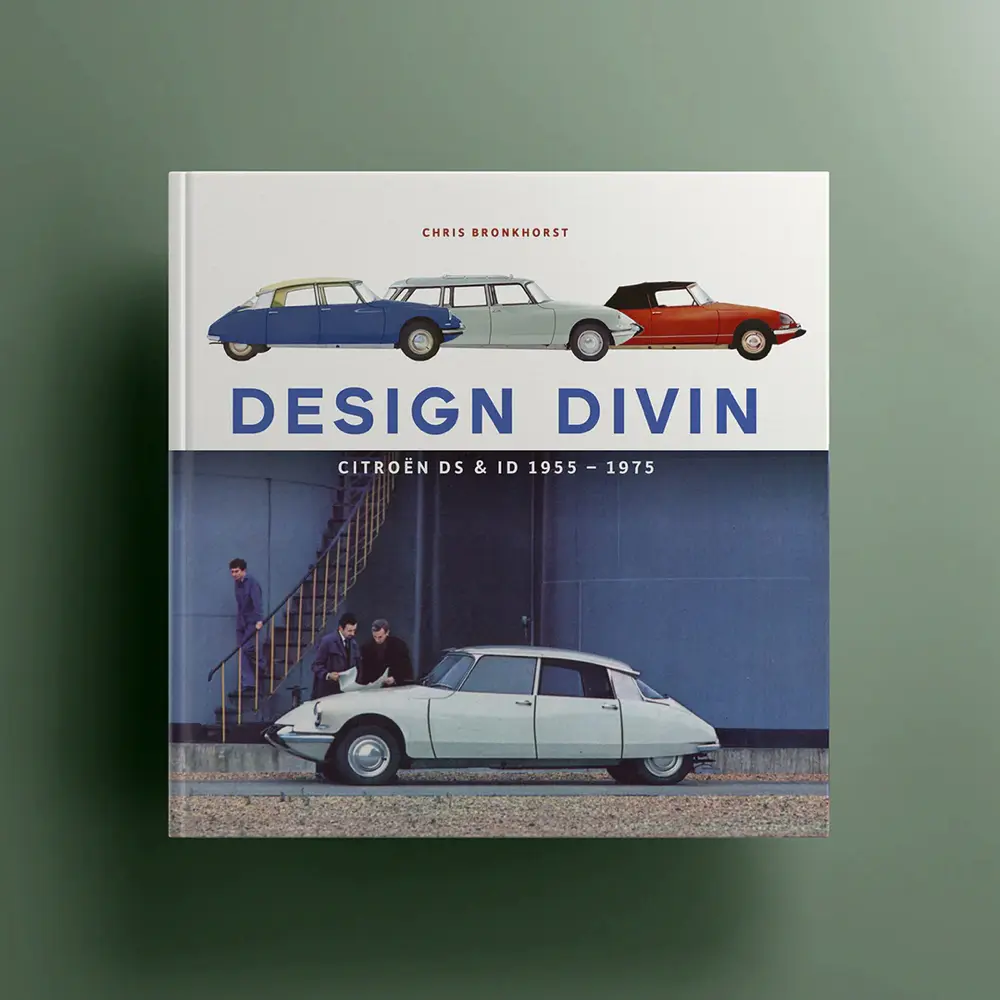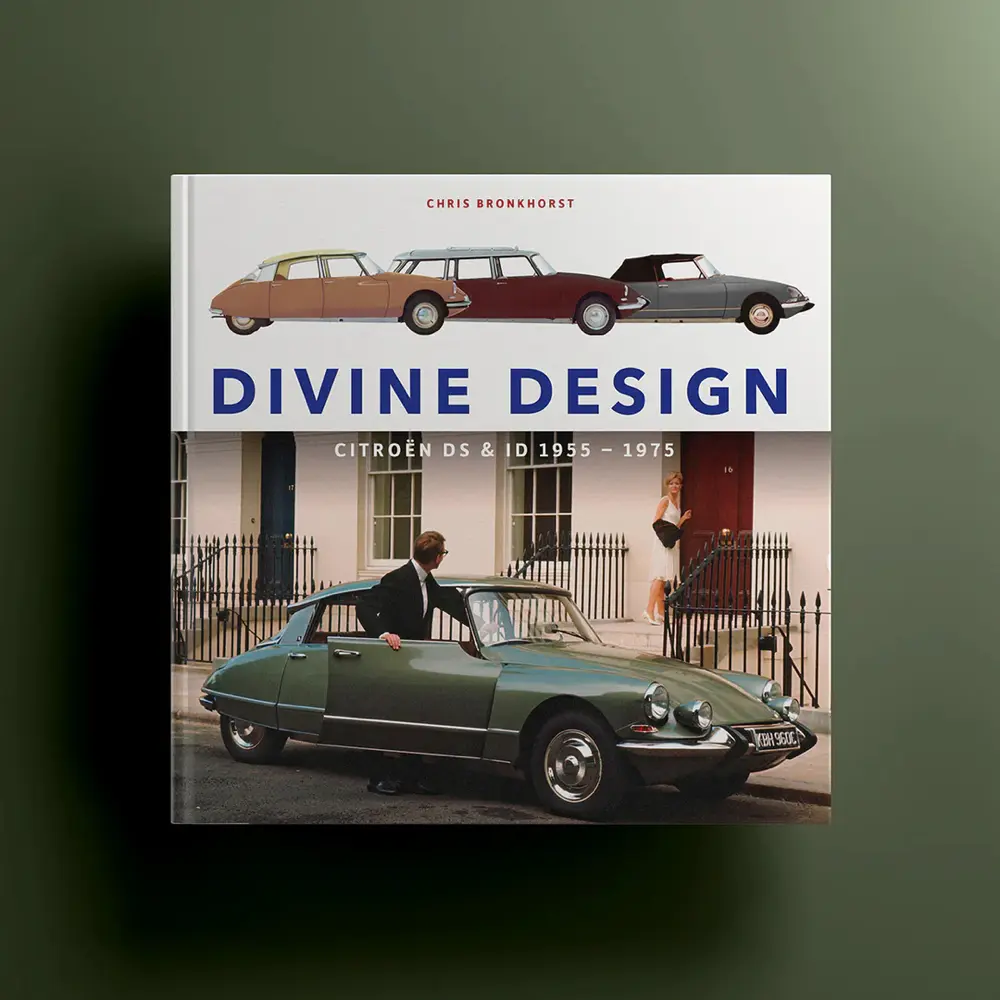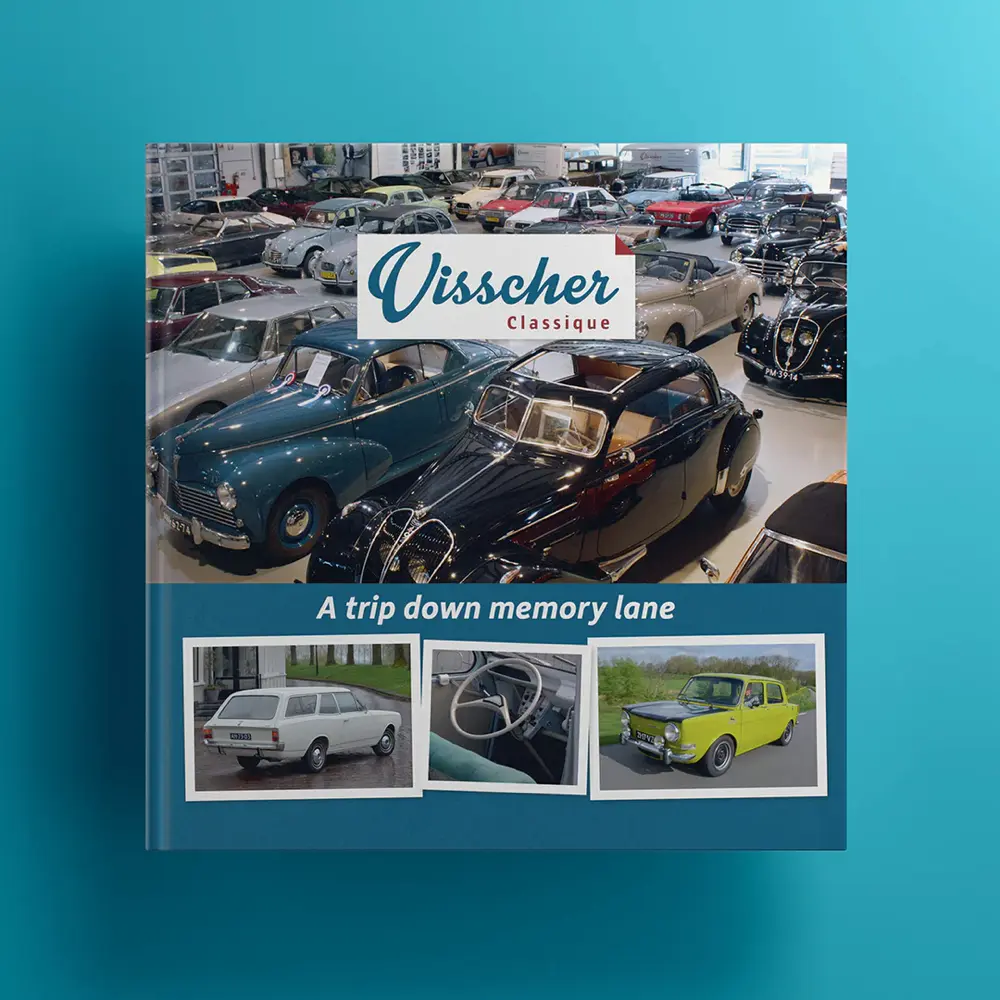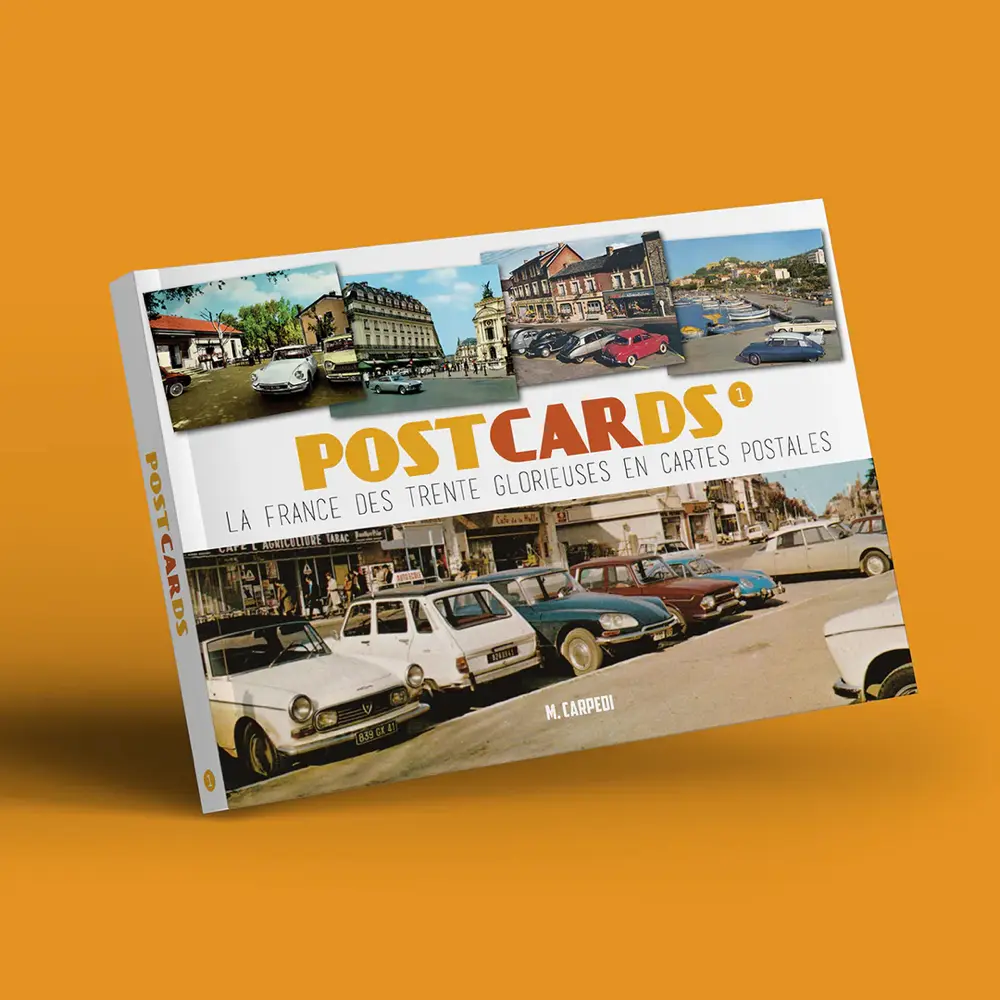Gisbert-Frech-Verlag
Frohe Weihnachten und einen guten Rutsch ins Jahr 2026
Wir wünschen ein frohes und besinnliches Weihnachtsfest sowie einen guten Übergang in das neue Jahr – verbunden mit viel Glück und Gesundheit für Sie und alle Ihnen nahestehenden Personen.
Bitte beachten Sie, dass unser Ladengeschäft von Montag, den 22.12.2025, bis Freitag, den 09.01.2026, aufgrund von Betriebsferien geschlossen bleibt. Online- und E-Mail-Bestellungen werden in dieser Zeit weiterhin bearbeitet und versendet, allerdings kann es bei der Abwicklung zu einer etwas längeren Bearbeitungszeit kommen als gewohnt.
Gerne können Sie uns telefonisch eine Nachricht hinterlassen; wir melden uns dann nach unserer Rückkehr beziehungsweise sobald wie möglich bei Ihnen zurück.
Neue Artikel im Sortiment
Bücher Gisbert-Frech-Verlag
